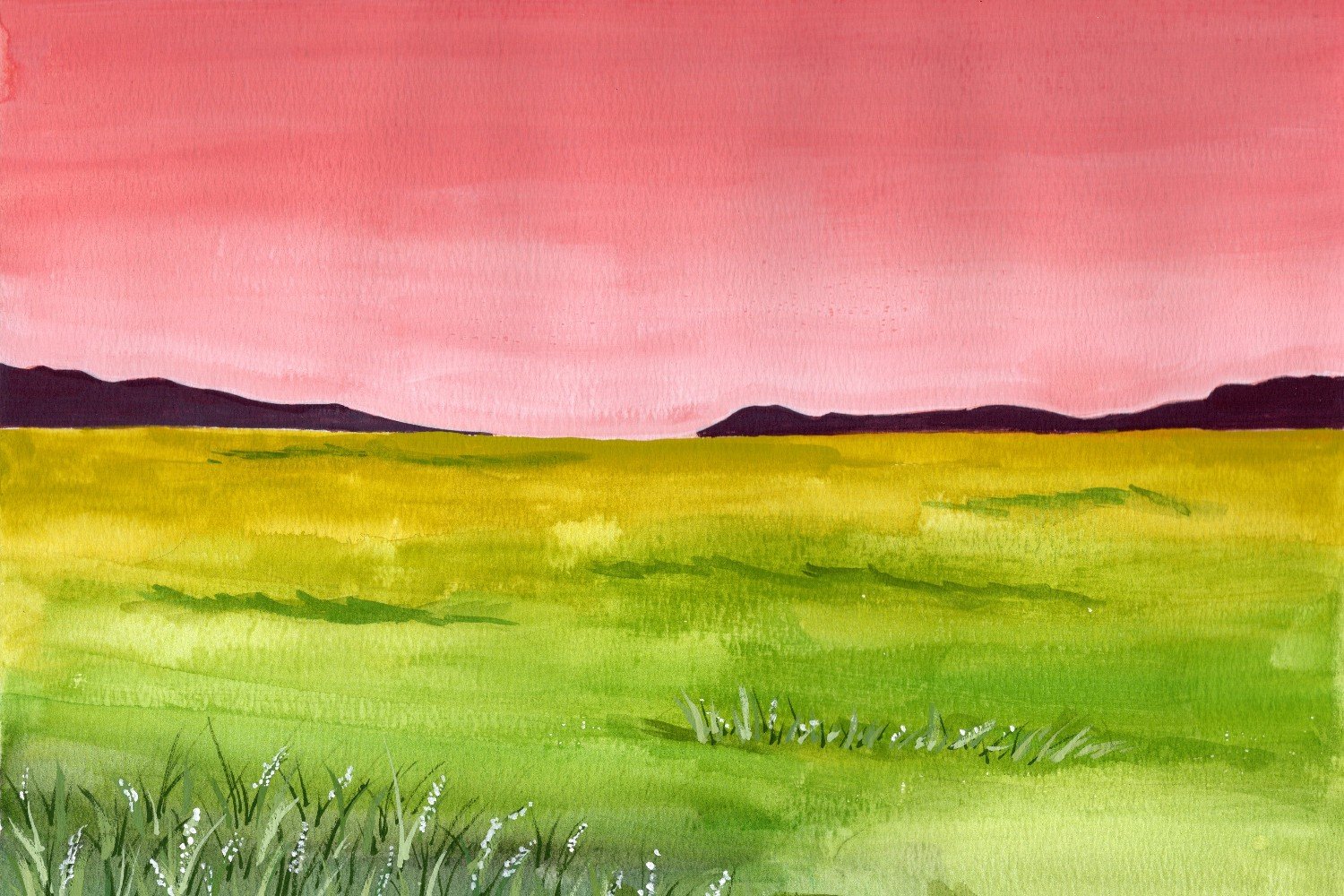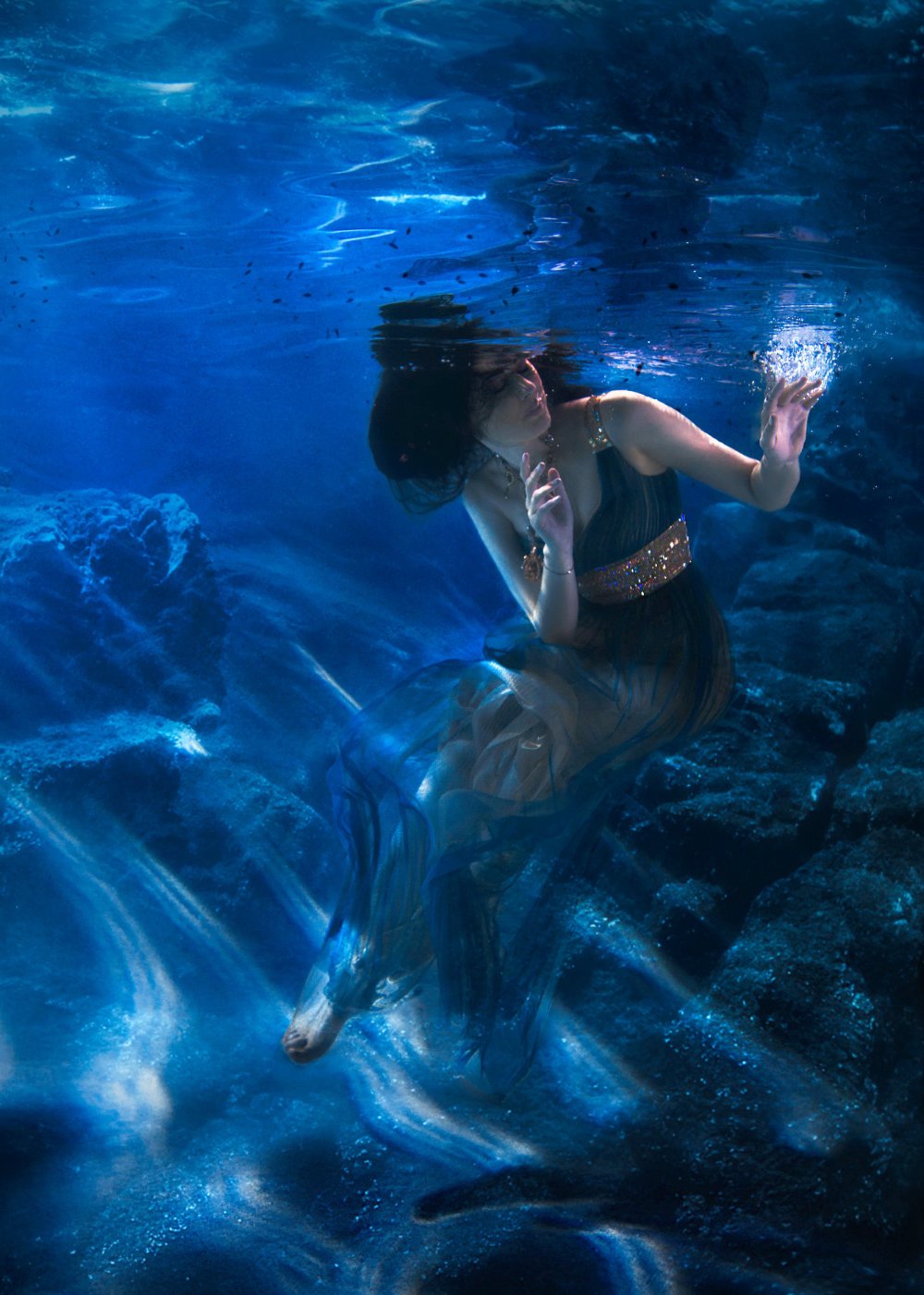What I Learned From Returning to Art After Twenty Years
Yellow tomatoes from my watercolor class practice.
I’ve been getting the urge to illustrate my articles with original art for a while, but I hadn’t done it because, you know, time. It was faster to slap on a royalty-free photo and get it posted. Frequent posting is a constant pressure for content creators, although due to my writing blocks and just being busy, I haven’t managed to post as often as I’d like.
Since I started meditating, I’ve noticed thoughts that make me anxious, and one of them was this need to produce faster than my natural pace (a symptom of our capitalist world view). Instead of obeying that thought, I decided to try using it as a prompt to work slower. If I start to think I’m taking too long with an article, I let myself take longer. If I didn’t think I had the time to make an illustration, I do it anyway. None of my work is life or death, and I’d had enough of trying to write while anxious.
That’s how I finally sat down and drew the first original art I’ve made in twenty years. Don’t get me wrong, I’ve been dabbling with watercolor and acrylic painting in the last few years, but I was mostly following tutorials without deviation. I was doing it for fun and wasn’t serious enough to get really good at the techniques. I also signed up for a Skillshare account recently to take an art journaling class, but I stalled after three lessons—not because the class wasn’t good, but because I got bored with drawing random objects.
That boredom brought back some memories. Art was my first love as a child. Before deciding to be a writer, I had always wanted to be an artist—specifically an animator for Disney. I loved Disney movies and characters back then and drew the characters all the time. But I didn’t actually take that many art classes because they never worked with my schedule, and academics were more important. I remember having to choose between AP Calculus or AP Art in senior year, and I chose calculus because I thought it would look better on my transcript—that I’d ever use it again. When I got to college, I took a drawing class as an elective, but it became tedious by the end of the class. I took that to mean I was no longer interested in it, and that was the last time I drew anything of significance.
Returning to art making after almost twenty years, I started to understand why I stopped. It took me years to figure out that I get bored easily and would often give up on interests when the skill-building process became laborious. I pick up new knowledge and skills fairly easily, but to continue doing it required a fascination I don’t always have. I’m not good at doing the same thing over and over—it’s both a strength and a weakness. It’s a strength because I rarely keep doing the same things if it’s not working. I can’t stay for years at a job I hate. If I find myself repeating behavior patterns that aren’t working, I look for solutions. I rarely accept that “this is the way things are” without researching what else is out there. This creative impulse is the basis of my desire for constant learning and has led me to some of my most meaningful experiences.
The other side of that creative impulse is my struggle with follow-through once my interests lost that initial spark of newness. I went through sewing, knitting, gardening, and acrylic painting after dabbling with them on a superficial level. Most jobs I’ve had were painful after six months, past the initial learning period. The only exception has been the subjects of emotional healing, metaphysics, and psychology—they have fascinated me for the last two decades. But I’ve had other challenges that made it difficult to turn those interests into a career path.
I only learned in my 30s that I can use boredom as a prompt. Instead of enduring boredom or leaving, I learned that I could look for the meaning in what I’m doing or by doing things in a way that interests me. That’s what I did when I started my accounting practice and focused on helping creatives. When it comes to the arts, I’m more interested in making art when it connects with a deeper part of me, such as using it to express thoughts and feelings or intuitive messages, as opposed to making art for its own sake. I’ve also come to accept that I may not have one passion that I’ll stick with forever—but that’s why writing works for me, because it lets me dance among all of my passions.
Now? Writing and art making have new meaning for me after spending years away. I have to write because I have too many observations in my head. Drawing and painting can convey a synthesis of the thoughts and feelings that aren’t always easily expressed through words. Improving my drawing and painting skills can be fun when I know what I’m shooting for. Having different artistic mediums to work with also helps me understand what my creative process looks like when I don’t have the pressure of turning it into a career.
I’m also no longer trying so hard to prove myself that I ignore certain impulses. I’m realizing that I love having art around me, something I’ve dismissed for a long time because I was always in a hurry to my next destination. Now I’ve slowed down enough to want more beauty in my space. I also know now that art doesn’t have to be realistic to be “good,” that it can be made and shared at any skill level and for all sorts of reasons besides trying to be a professional artist.
It’s been a long and surprising journey returning to the interests I thought I’d left behind. It was a beautiful part of my realization that my past was not wrong or mistaken. I’m just someone who doesn’t check a single box. I have always been an artist, and my primary medium is my life.
Recent Posts
Thanks for reading! I’d love to hear what you thought of it. Feel free to comment below or on my social media accounts.
If you enjoyed this piece, please consider making a contribution so I can spend more time doing it. Your support is greatly appreciated. ❤️































